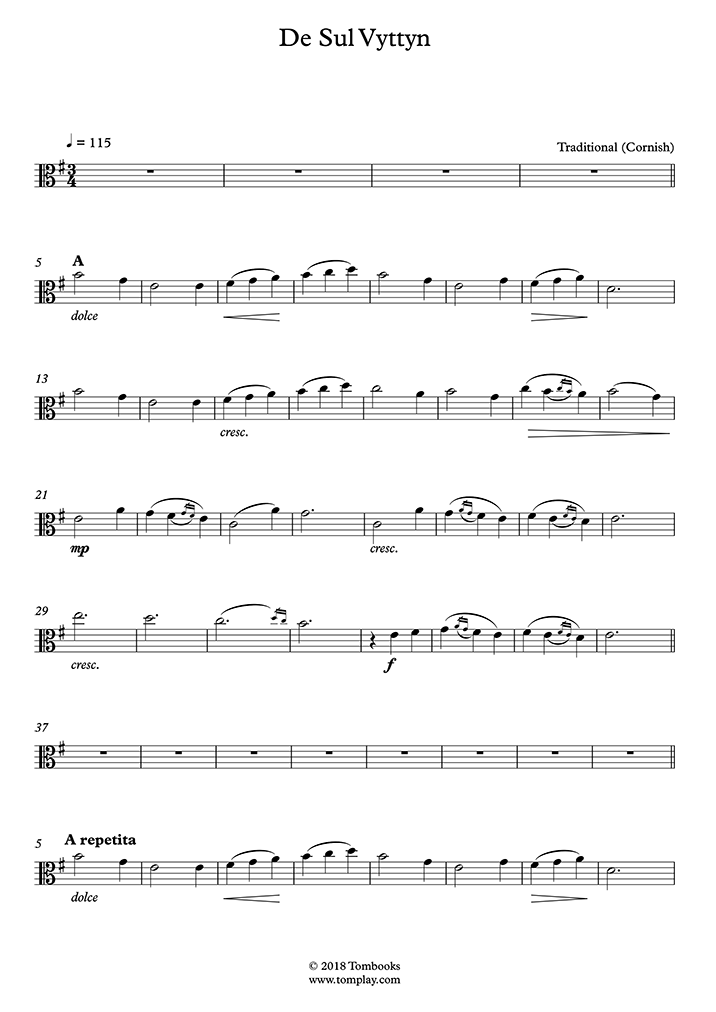

The idea is that when you have finished the tightened string will be flush with the edge of the peg box so that it doesn't interfere with the other strings. Go in the direction of the side of the peg box. Under a good light, thread one end of the string through the hole in the peg until about half an inch is sticking out the other side and start winding the string on the peg maintaining some tension in the string so it doesn't loosen. I always start with the lowest string (G on the violin) and work my way up to the highest, which is the most delicate, the most likely to break and the most finicky to fit. If you have a fine tuner then loosen the fine tuner to the maximum extent. Unhook the ball or loop from the tailpiece or fine tuner. Pull the string out from the hole in the peg. Remove a string by first loosening the peg and turning until the string is completely unwound from the peg. Avoid the pain of having the soundpost fall by removing and replacing one string at a time. If you remove all the strings at once you may be lucky and have sufficient friction to keep the soundpost in place but it's not worth the risk. The soundpost is held in place, not by glue, but by a combination of friction and pressure exerted by the tension of the strings via the bridge to the top of the instrument.


Nevertheless it is worth checking your E (A for viola) string fine tuner to see if it is ball end or loop and buy your replacement string accordingly. Modern violins for beginners and intermediate players will have a modern fine tuner fitted for all 4 strings which normally take ball end strings. The lower 3 strings always take ball end strings. If you believe that any review contained on our site infringes upon your copyright, please email us.Traditionally these instruments have a fine tuner on the highest string (E for violin, A for viola) which may take a loop end string.
#ALL FOR STRINGS THEORY VIOLA PLUS#
#ALL FOR STRINGS THEORY VIOLA FREE#

Kjos Music Company (KJ.78VA).Īll for strings is a comprehensive three-volume method surrounded by a wealth of supplementary materials for teaching and performance. Orchestra viola - Elementary Composed by Gerald Anderson and Robert Frost.


 0 kommentar(er)
0 kommentar(er)
